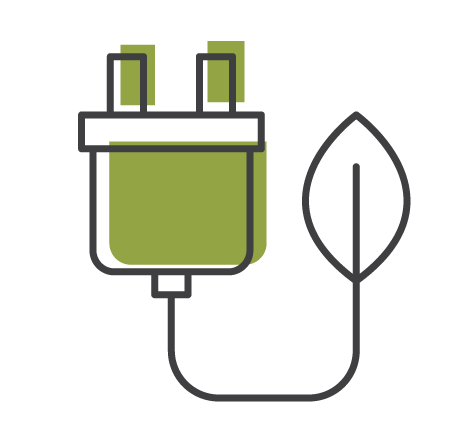Finance: A Role for South Africa's Industrial Users in New Nuclear?
- Published:
South Africa's energy-intensive industry, which has been battered by years of endemic blackouts and brownouts known as load-shedding, may play a decisive role as an offtaker of prospective new nuclear plants and potentially as a source of finance. New nuclear — whether the large conventional reactors mulled by an Eskom-led program, or the advanced and small modular reactors mulled by the Nuclear Energy Corp. of South Africa (Necsa) — has capital costs high enough to potentially be a deal breaker for South Africa's new coalition government, but creative financing solutions by energy- intensive users could help get at least some new nuclear capacity across the finishing line.
The intensive energy-user industry has "definitely shrunk" due to the load shedding "over the last decade," Des Muller, energy specialist at consultancy NuEnergy Developments, told Energy
Intelligence. And this environment will continue to challenge South Africa's energy-intensive mining, manufacturing and agriculture firms if and when Pretoria phases out South Africa's coal plants that provide the vast majority of its baseload power. “As much as we expanded in the 1970s, '80s and '90s with coal assets on the grid, it will result in reciprocating backslide during the decommissioning” of those assets, as the country proceeds toward its 2050 net-zero goal, said Muller.
It's against that background that energy-intensive users are eying new nuclear capacity with interest. Non-water-cooled advanced reactors may be particularly of interest given the lack of water resources in inland South Africa, at least to industrial end-users such as inland manufacturers and miners of platinum, gold and chrome. Although plans are embryonic, energy planners are currently mulling an SMR deployment involving Necsa owning and operating “the first machine" but "not building more machines,” Necsa Chair David Nicholls told Energy Intelligence.
The successful reactor vendor that emerges from Necsa's planned SMR RFP could theoretically enter into a partnership with Necsa or Eskom for future deployments as a quasi-independent power producer to help manage operations and maintenance. The resulting joint venture or a special purpose vehicle could then be licensed "to own and operate small modular reactors,” Muller said, and industrial end-users could also take on a share of equity in this company. Meanwhile, the first-of-a- kind Necsa SMR would serve as “a reference point for the follow-on machines built by somebody else," while Necsa would serve as a training and engineering center for future deployments.
One possible deployment model could see SMRs — and possibly the pebble-bed modular reactors (PBMRs) that South African researchers spent so many years developing — linked to off-takers in a behind-the-meter arrangement not connected to the national grid. Kelvin Kemm, the CEO and chairman of indigenous PBMR developer Stratek Global, told Energy Intelligence he’s in talks with private companies to provide off-grid nuclear power for a cluster of agricultural manufacturers and remote mining operations, among others.
Supporting Eskom's Large New Nuclear
The most new nuclear baseload could likely come from plans for multiple gigawatts of new large reactors, a tender for which will likely be launched by Eskom next year. "Large-scale reactors are shovel-ready, they’re proven,” Muller said. "We've got two shovel-ready coastal sites in the Western Cape and the Eastern Cape, so we can start construction quite quick[ly], once the technology has been licensed.” But financing any such multi-billion dollar newbuild will be inordinately difficult, particularly given the unpopularity of passing along any costs to retail electricity ratepayers.
"The pace and scale" of new nuclear power generation being proposed "is not affordable to South Africa," Francesca de Gasparis, executive director at the Southern African Faith Communities’ Environment Institute, told Energy Intelligence. De Gasparis's organization, alongside Earthlife, was one of the key challengers to the previous new nuclear tender process. "One of our problems is energy poverty, and we already can't afford the energy systems that we have. Independent analysis shows that nuclear will be one of the most expensive ways of producing electricity, so it doesn't suit our energy needs, and we continue to see, in energy decision making, the costs being pushed on to consumers."
There is the possibility that the Energy Intensive Users Group, whose 25 members collectively account for 40% of South Africa's power demand, could step in to backstop new nuclear. Muller noted that several years ago, planners considered replicating the Exeltium model used in France to help finance newbuilds. Exeltium is a consortium of 27 electro-intensive end-users that in 2010 paid French nuclear operator EDF some €1.75 billion ($1.84 billion) upfront in exchange for 148 terawatt hours of non-reactor-specific electricity from 2010 to 2034 at a price indexed to EDF's nuclear operating costs. Should this be replicated in South Africa, end-users could be able to collect green energy certificates while supporting non-carbon emitting power to the grid and helping South Africa meet its energy security needs, Muller said.
That's not the only possible solution. Muller argued that end-users could invest equity today into Eskom's two operating Koeberg pressurized water reactors. "They can get immediate power from Koeberg once they pay the equity because nobody's getting any benefits from the clean power that's generated by Koeberg," Muller said. "That's a good solution for the intensive energy industry." And it's one that could give Eskom a cash boost as it works to get further new nuclear off the ground.
Any new nuclear financing mechanism will likely wait on a broader policy signal from the coalition government — particularly as Pretoria prepares a new Integrated Resource Plan and lawmakers in Cape Town work through a broad legislative overhaul of the country’s electricity market system. Other goals include setting new emission reduction targets for 2035, defining carbon budgets for the largest carbon emitters — in line with the sweeping Climate Change Act passed into law in July — and setting new carbon tax levels.
These policies seek to correct South Africa’s course to a just energy transition — as the country is expected to miss its 2030 targets — but also to mitigate the impact of Europe’s Carbon Border Adjustment Mechanism, which will essentially impose a carbon price on goods imported into Europe. The problem, as this mechanism is implemented, "is that South Africa is going to lose a lot of its export potential through these taxes," Muller said. For that reason, the government needs to move "very, very quickly."
Who we are
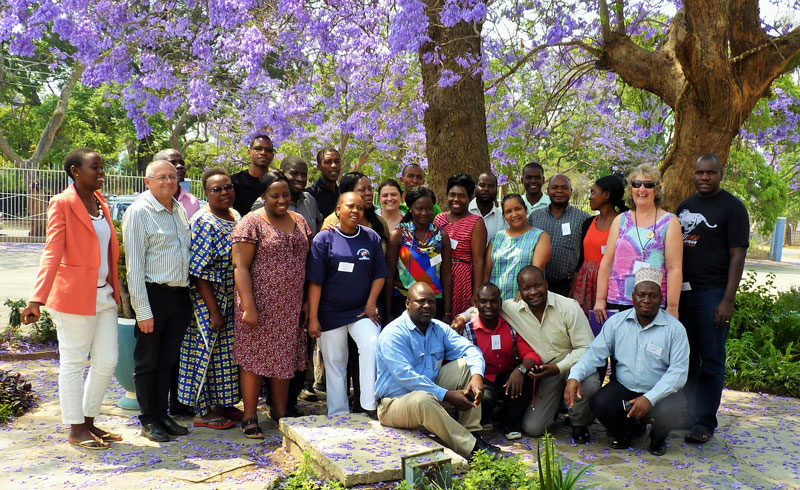
SAFCEI (Southern African Faith Communities’ Environment Institute) is a multi-faith organisation committed to supporting faith leaders and their communities in Southern Africa to increase awareness, understanding and action on eco-justice, sustainable living and climate change.
Featured Articles
-
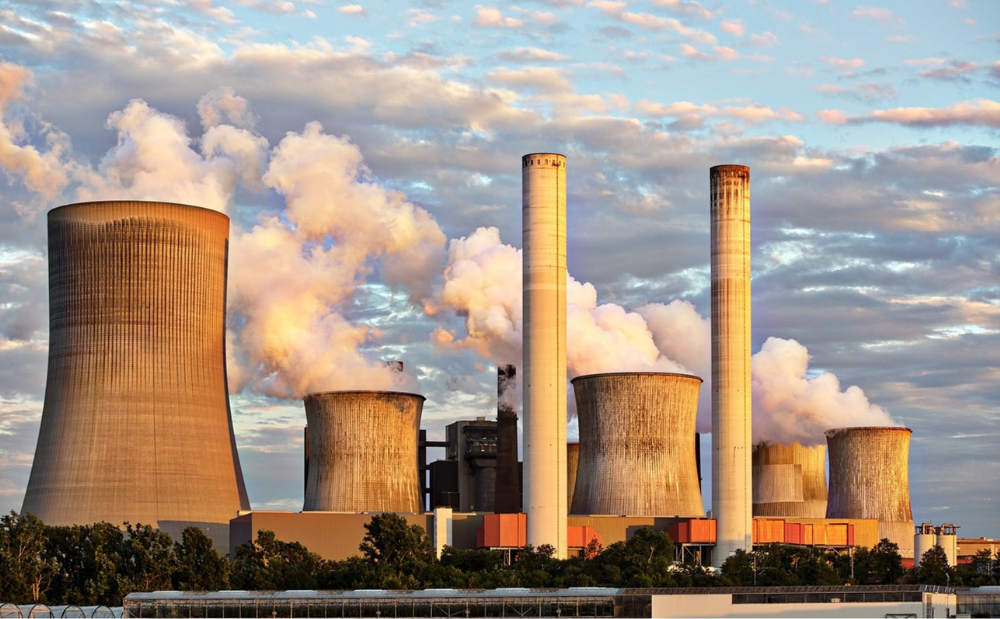
South Africa: Who Ends Up Paying If DMRE Cooks the Price of Nuclear Power?
-
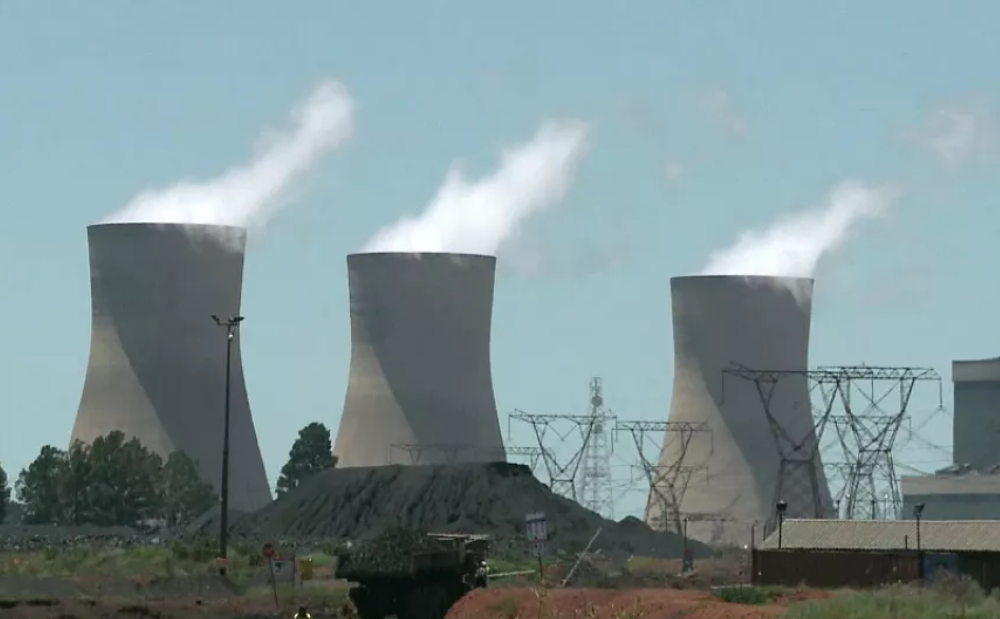
South Africa’s nuclear energy expansion plans continue to draw criticism, environmental NGOs chew over legal challenge
-
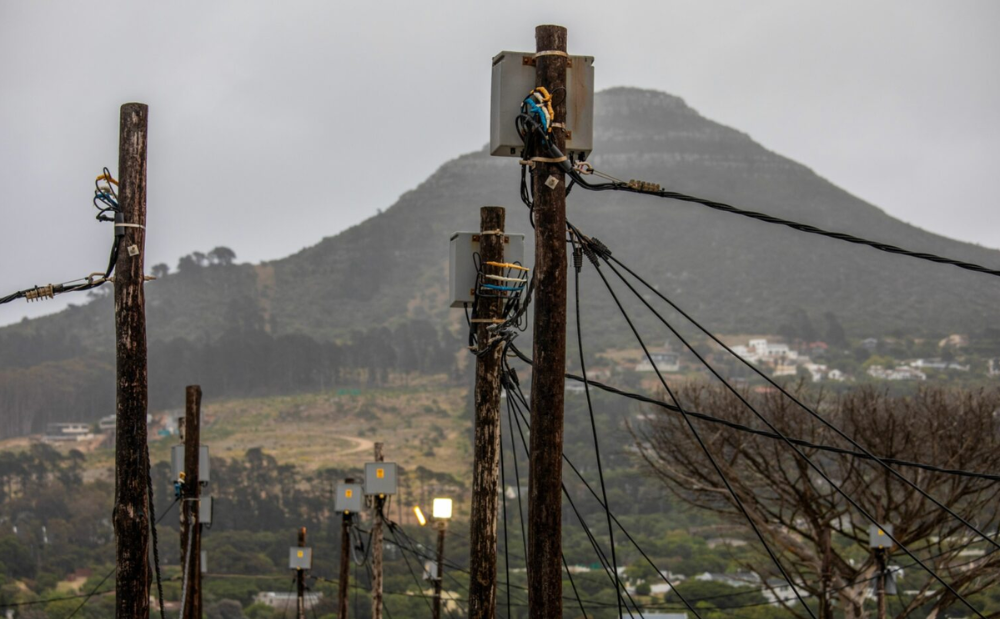
Earthlife Africa and SAFCEI respond to latest unsettling nuclear news regarding the ministerial determination
-
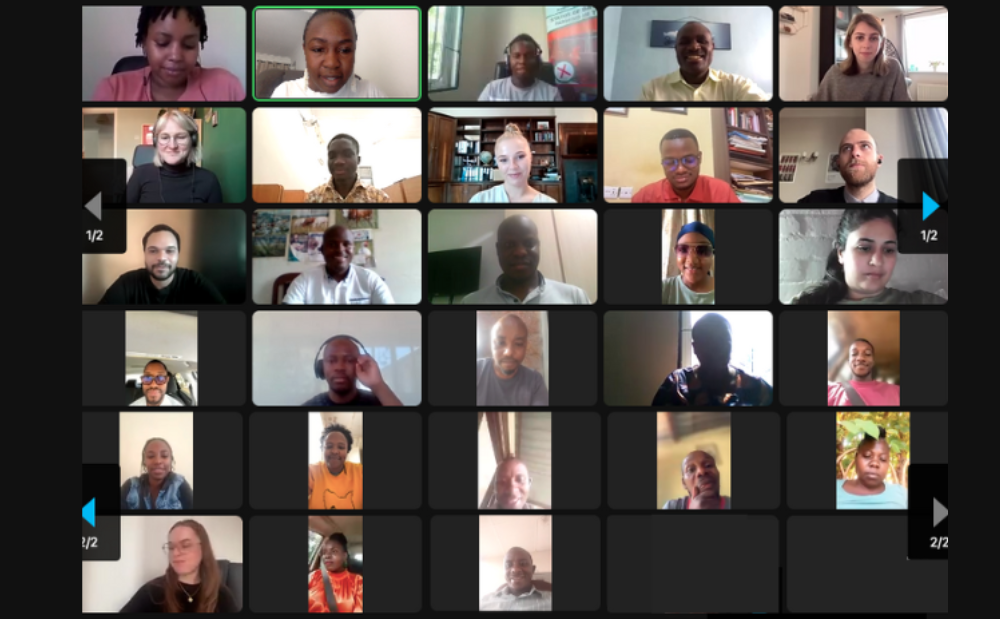
Open Wing Alliance Africa (Virtual) Summit 2023
-
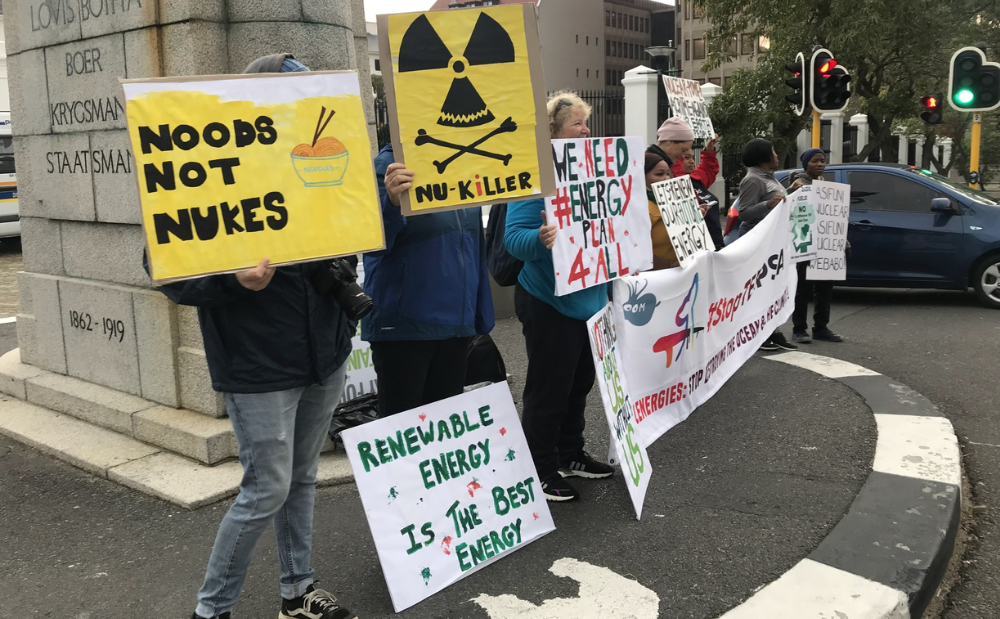
The Green Connection and SAFCEI respond to energy minister's divisive and deflecting comments
-
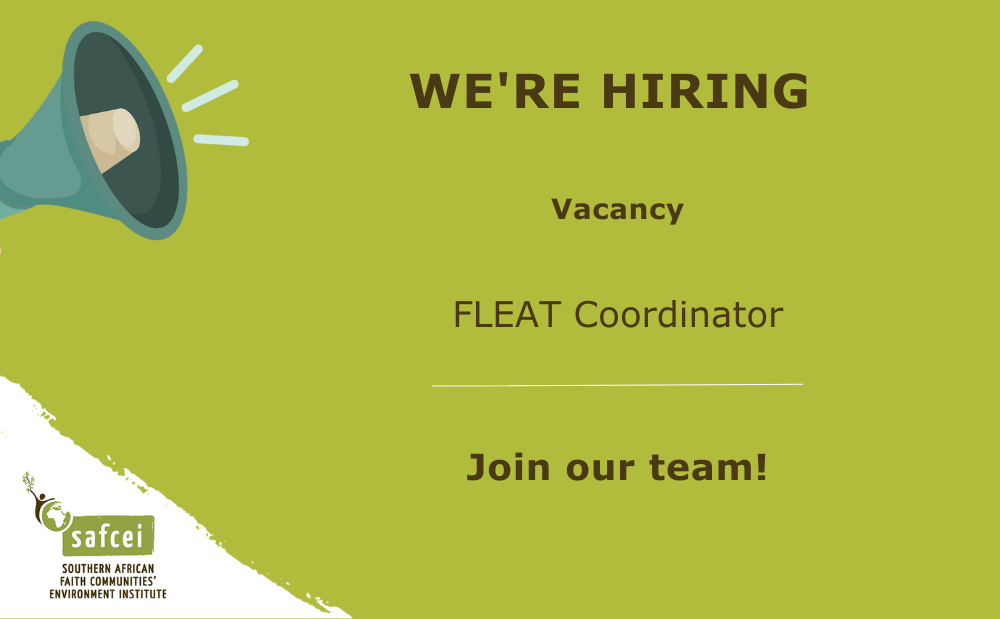
Job Vacancy: FLEAT Coordinator


